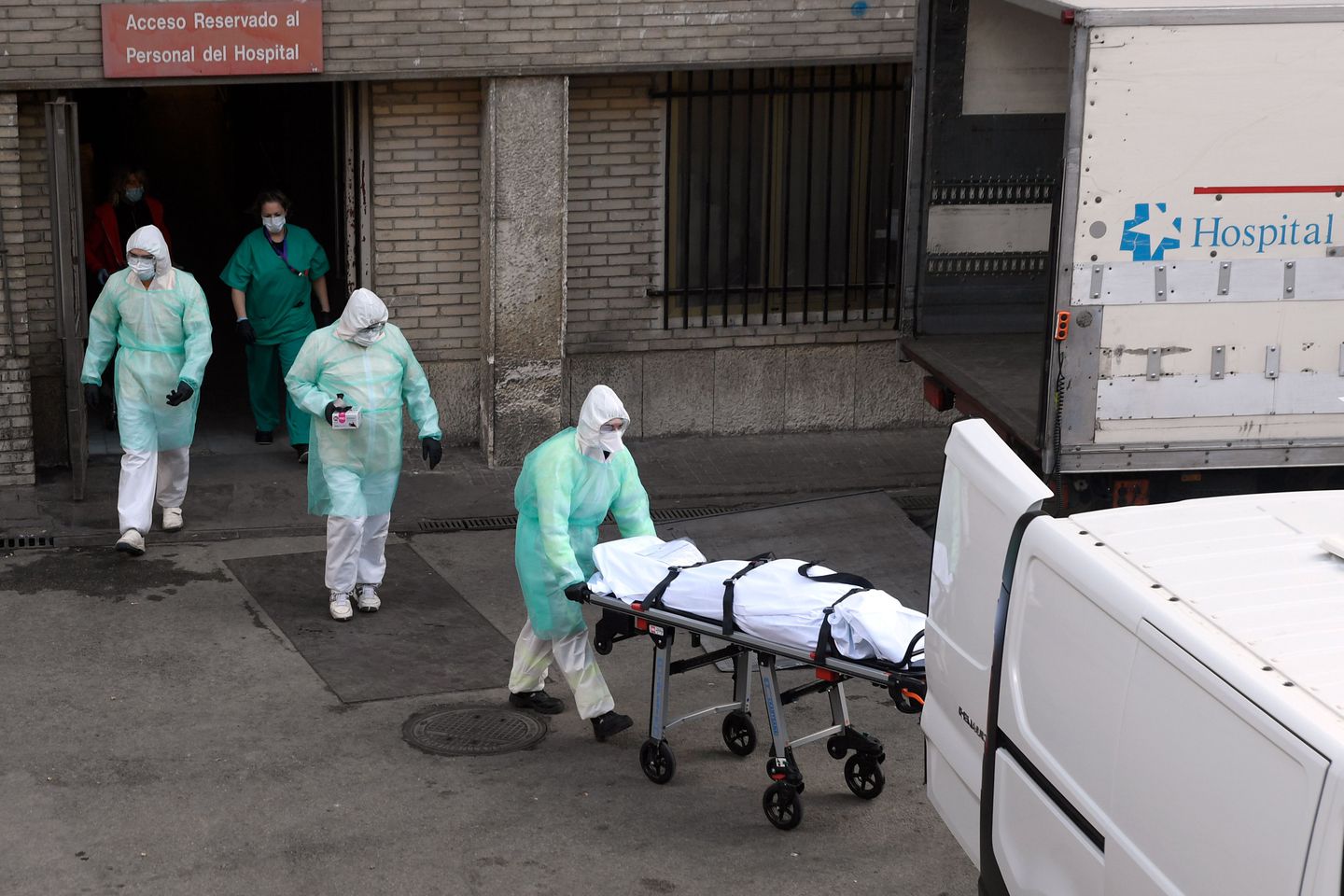MADRID — Cristian Guaman Benítez, a 33-year-old electrician who moved to Spain from Ecuador, had been sick for a week with a cough, a terrible headache and a fever as high as 104 degrees.
He saw three doctors who treated his illness like a cold, prescribing medicines and sending him back to work. Finally, he called the number for covid-19 information, and a doctor came to his home to examine him — and sent him by ambulance to Madrid’s 12 de Octubre Hospital.
Which was where he discovered he was an outlier.
“I looked around and all I saw [were] very old people,” Benítez remembered. Struggling to breathe by that point, he ended up in the intensive care unit, and only then, fortunately, was he able to recover.
Benítez’s story, of an ICU admission for covid-19 at age 33, remains rare. However, based on detailed epidemiological data from the advancing epidemic in Spain, even young men are not risk-free. And the older that men in Spain are, their cases of severe disease, including pneumonia, trips to the ICU and deaths become far more numerous than those for women.
The data arriving from Spain, combined with similar findings from other countries with large outbreaks, such as Italy, China and France, are increasingly suggesting that the top risk group for the novel coronavirus is not simply older adults, but older men. A Washington Post analysis of U.S. deaths so far also found that nearly 60 percent of deaths, in cases where a gender could be identified, were male.
The Spain data, based on an analysis of 20,648 cases so far and 722 deaths by the country’s Institute of Health Carlos III, a national public health agency, delivers a new level of detail. It shows that men are faring worse on multiple metrics for the disease.
Among gender-identified disease cases, men make up 60 percent of those that progress to the dangerous pneumonia stage. They make up 59 percent of the hospitalizations, 72 percent of the intensive care unit admissions and 65 percent of the deaths.
The gender divide shows up early, according to Spanish health officials. Men exhibit more of the initial symptoms: fever, cough and trouble breathing. And that carries through the course of sickness: Men progress more often to pneumonia, and have more cases of acute respiratory distress syndrome and more kidney failures.
One prominent hypothesis to explain higher male deaths from the disease in other countries is that men tend to smoke more. And yet in Spain, the gender-based smoking gap is small.
Thirty-one percent of males ages 15 and older smoke in the country, according to the World Health Organization, and so do 27 percent of women. So it seems unlikely that smoking alone would explain the disparities above.
“The discrepancy between rates of smoking in men and women are less pronounced in Spain and Italy than in China, yet the sex difference in covid-19 outcomes are more pronounced in Spain and Italy than in China,” said Sabra Klein, an expert on how men and women experience disease, especially viral infections, at the Johns Hopkins Bloomberg School of Public Health. “Smoking ca

